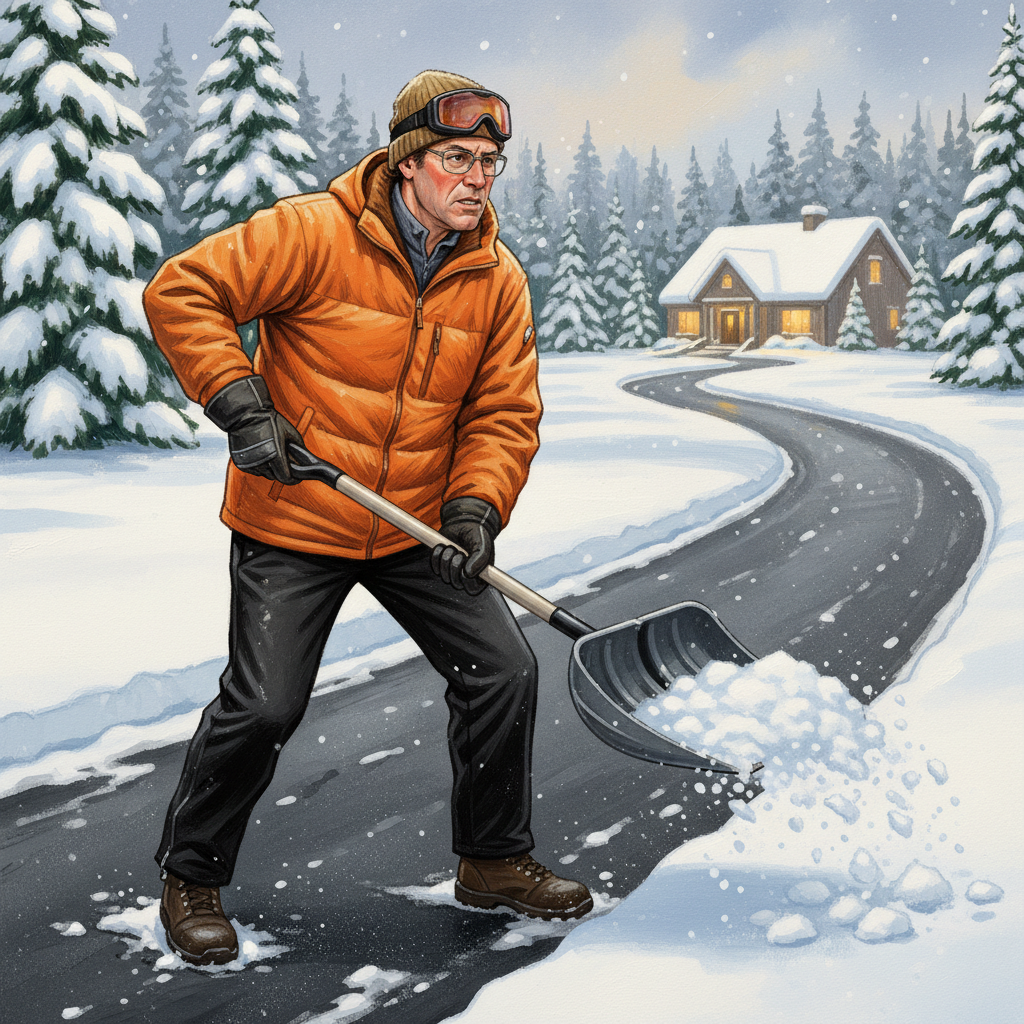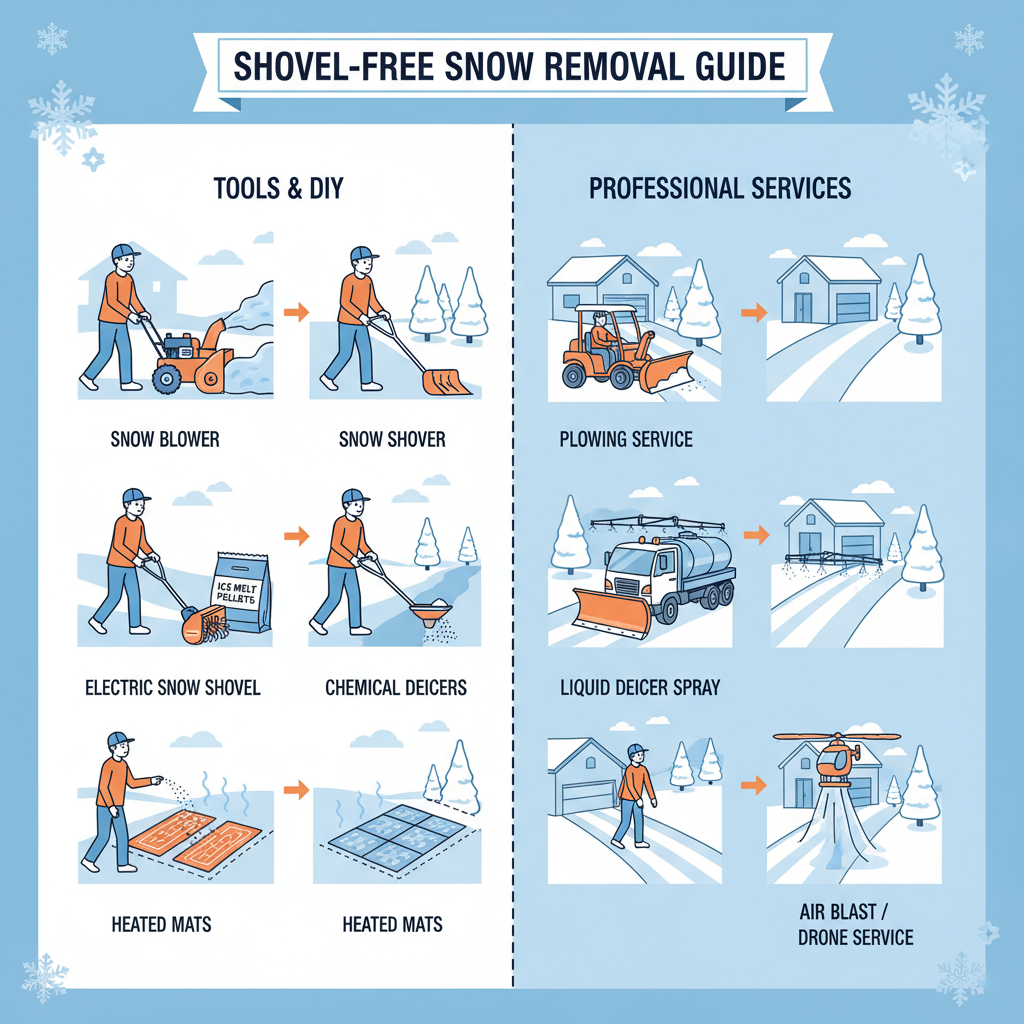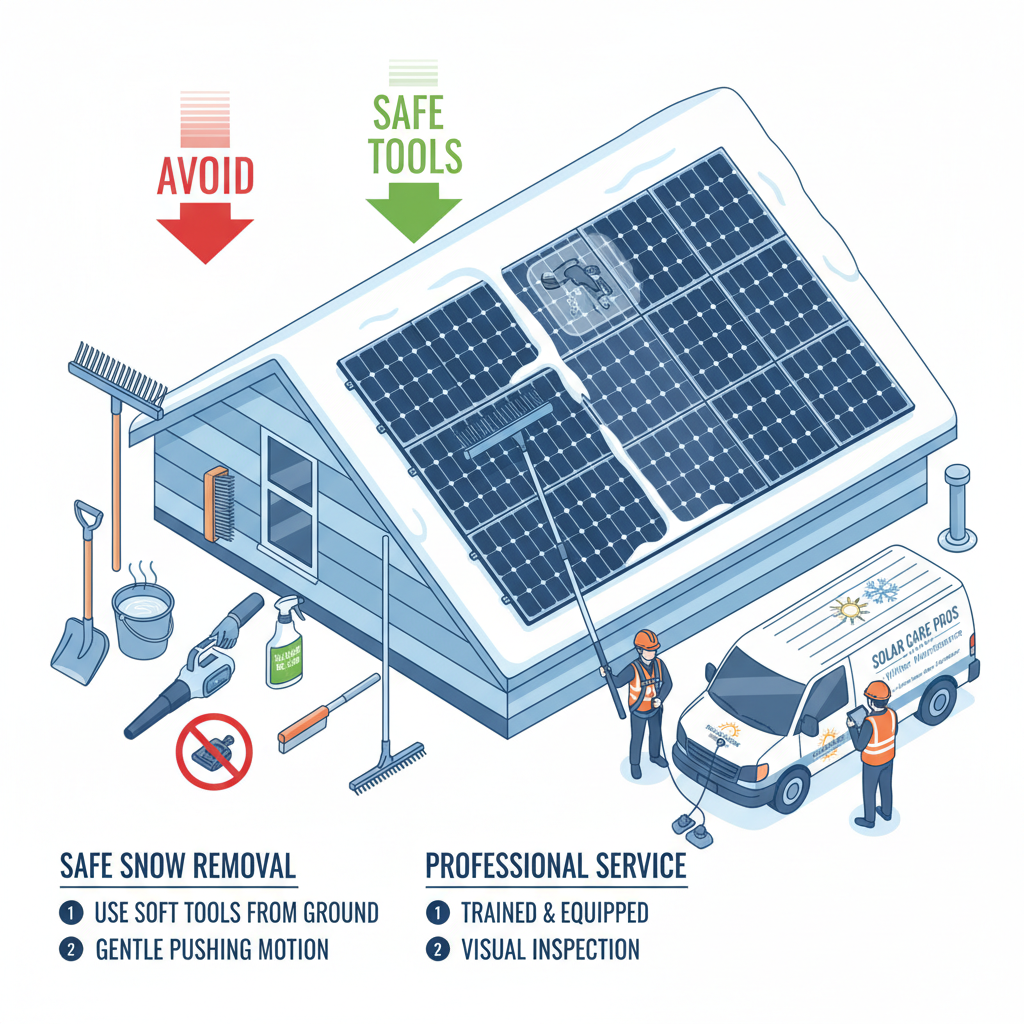TL;DR
- Clear and secure all outdoor items that could be buried or damaged by snow.
- Mark driveways and walkways with stakes for clear visibility during plowing.
- Inspect and clear gutters and downspouts to prevent ice dams.
- Trim trees and shrubs to prevent branches from breaking under snow load.
- Test and prepare your snow removal equipment if you're doing it yourself.
- Communicate with your snow removal service about specific needs or concerns.
As the vibrant colors of autumn fade, the crisp air signals the approach of winter. For property owners, this means it’s time to shift focus from fall cleanup to winter preparation, especially when it comes to snow removal. A little proactive effort now can save you a lot of headaches, damage, and even money once the snow starts falling.
Use this comprehensive checklist to ensure your property is ready for a smooth and safe snow removal season.
1. Clear and Secure Outdoor Items
Anything left exposed can become buried under snow, making it a hazard for snow removal equipment or even getting damaged itself.
- Patio Furniture: Store cushions indoors and cover or store furniture in a shed or garage.
- Hoses and Sprinklers: Disconnect and drain garden hoses. If you have an irrigation system, ensure it’s properly winterized.
- Decorations and Toys: Put away all outdoor decorations, garden gnomes, children’s toys, and anything else that could be hidden by snow.
- Garbage Cans/Recycling Bins: Ensure these are stored in a designated, easily accessible spot that won’t interfere with plowing.
2. Mark Driveways and Walkways
This is especially important if you’re hiring a professional snow removal service.
- Driveway Markers/Stakes: Install reflective driveway markers along the edges of your driveway and main walkways. This helps plow operators see the boundaries, especially in low visibility, preventing accidental damage to your lawn, landscaping, or sprinkler heads.
- Identify Obstacles: Note any low-lying obstacles like decorative rocks, speed bumps, or uneven pavement that could be hidden by snow and cause damage to equipment or property. Communicate these to your service provider.
3. Inspect and Clear Gutters and Downspouts
Proper drainage is crucial to prevent ice dams and water damage.
- Clear Debris: Remove all leaves, twigs, and other debris from gutters and downspouts. Clogged gutters can lead to water backing up, freezing, and forming ice dams on your roof.
- Extend Downspouts: Ensure downspouts direct water at least several feet away from your foundation to prevent pooling and freezing near the house.
4. Trim Trees and Shrubs
Heavy snow and ice can cause significant damage to overgrown branches.
- Prune Overhanging Branches: Trim any branches that hang low over driveways, walkways, or your roof. Snow accumulation can weigh them down, causing them to break and potentially damage property or injure someone.
- Protect Young Plants: Cover delicate shrubs or young trees with burlap or protective covers to shield them from heavy snow and de-icing salts.
5. Prepare Your Snow Removal Equipment (If DIY)
If you plan to handle snow removal yourself, ensure your tools are ready.
- Shovels: Check for any damage, ensure handles are secure, and have a spare.
- Snow Blower: Perform routine maintenance (check oil, spark plug, fuel, belts). Start it up to ensure it’s in working order before the first snowfall.
- De-icer Supply: Stock up on your preferred de-icing agent (salt, sand, pet-friendly options). Store it in a dry, accessible location.
6. Communicate with Your Snow Removal Service
If you’ve hired a professional, a quick check-in can ensure everyone is on the same page.
- Confirm Contract Details: Review your contract to ensure you understand trigger depths, service times, and covered areas.
- Share Specific Instructions: Inform them of any specific areas to avoid, delicate landscaping, or preferred snow piling locations.
- Provide Contact Info: Ensure they have your current contact information and an emergency number.
Conclusion
Winter preparation is an ongoing process, but taking these steps before the snow arrives will significantly reduce stress and potential problems. A well-prepared property is a safer property, ensuring that when the snow does fall, you’re ready to tackle it efficiently, whether you’re doing it yourself or relying on a trusted professional.



